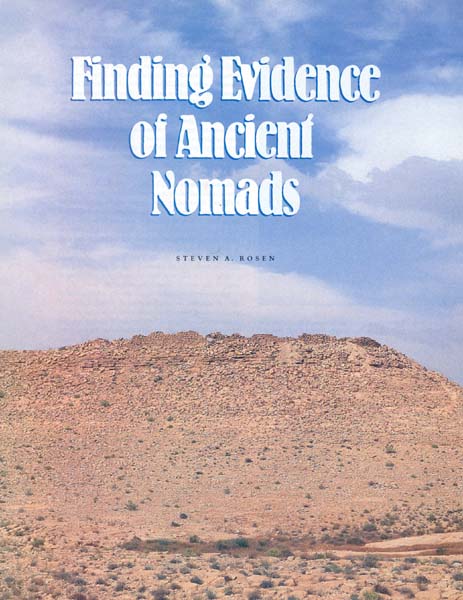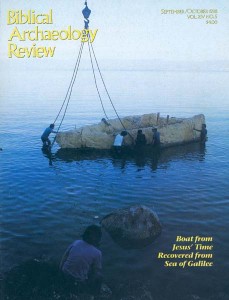
Holmes knelt quickly, pinching a bit of ash between his thumb and long forefinger. His eyes darted left, settling upon a small flat pebble. He extracted his magnifying lens and examined the slightly pocked stone.
“Yes, Watson, as I suspected. Early Bronze Age cooking ware. I would hatard a guess that this hearth is some 5,000 years old. Clear evidence of nomads. Watson, I fear the trail has grown somewhat cold.”
In its effort to find evidence of ancient nomads, modern archaeology is only now catching up with Sherlock Holmes.
Recent research1 has revealed that, contrary to earlier ideas,2 nomads leave plenty of remains; finding them is simply a question of looking. We can now go beyond Holmes’s feat of simply dating the remains and noting their presence; archaeologists can make reasonable guesses about the nomadic seasonal round and about relations between nomads and their settled cousins. This kind of data is especially useful to Biblical archaeologists who study Iron Age settlements in the Negev that provide the background for the Israelites’ emergence in Canaan.3
Already a library member? Log in here.
Institution user? Log in with your IP address.

